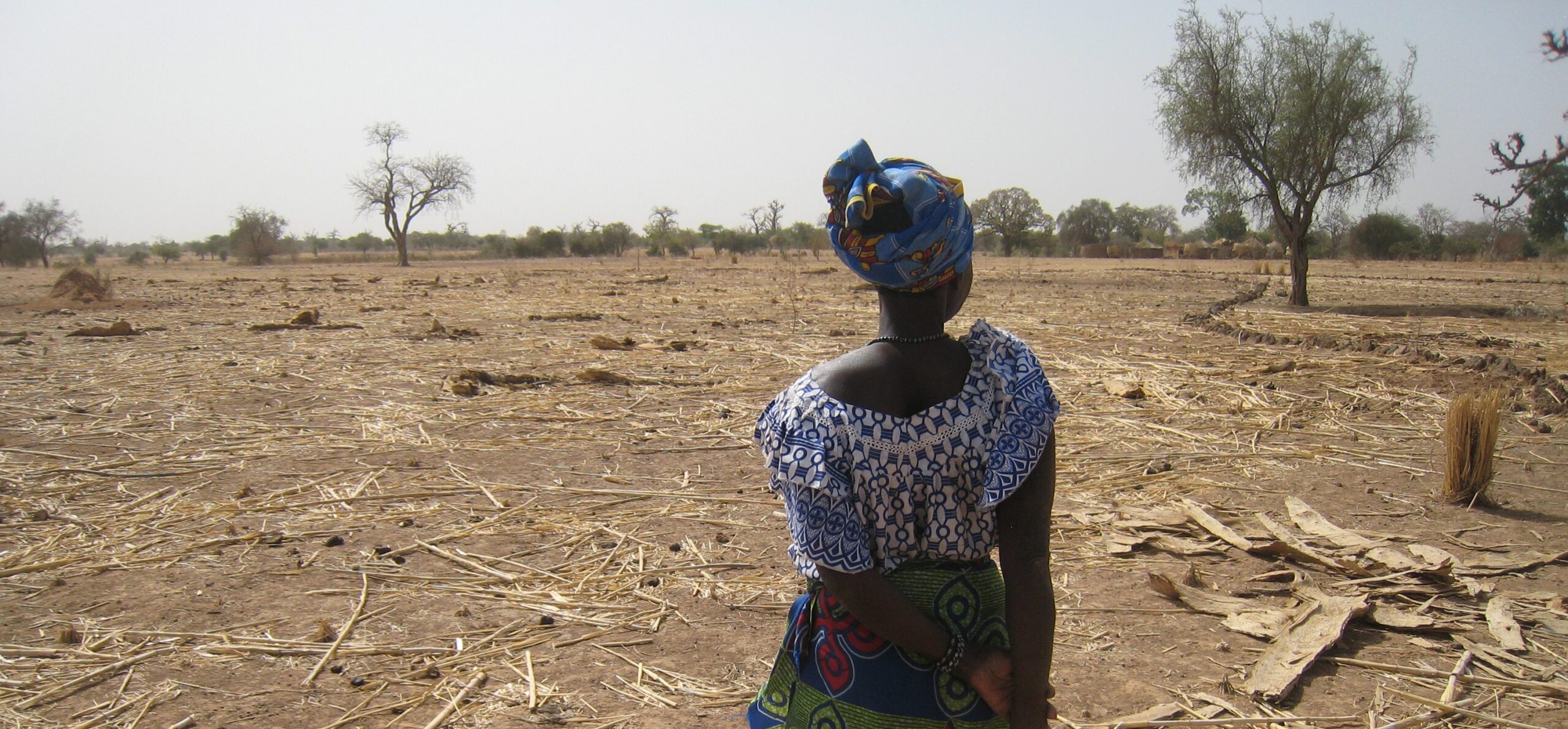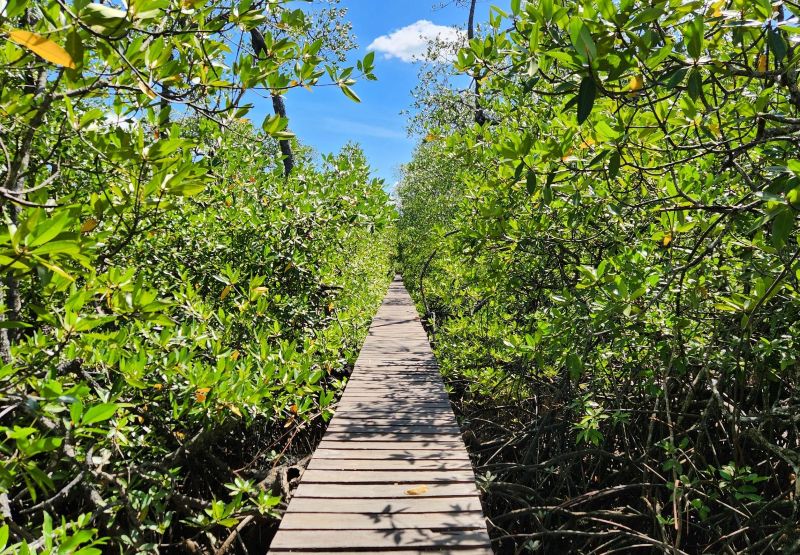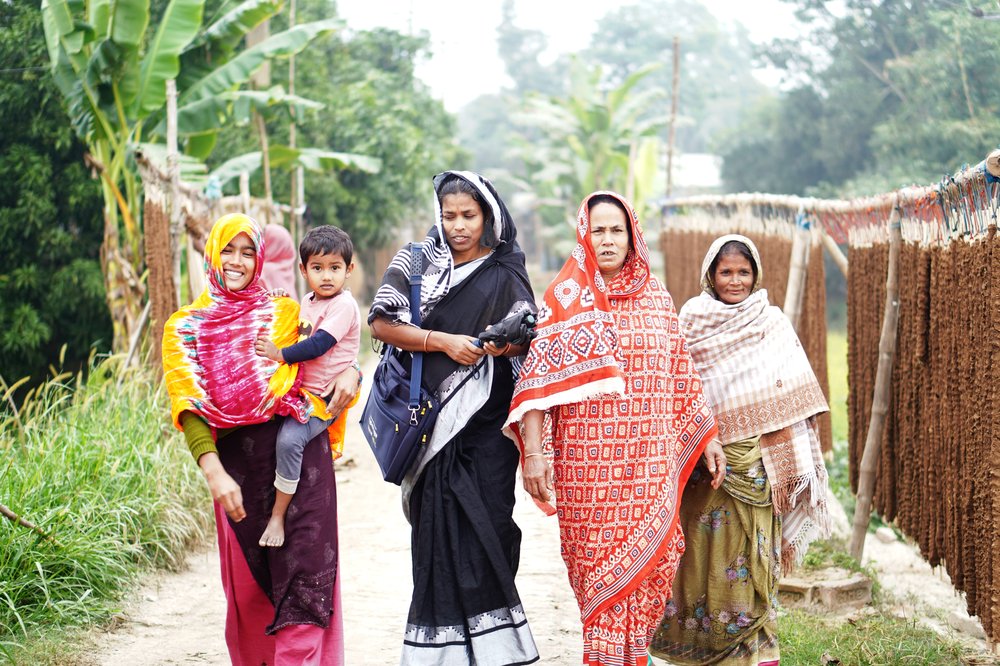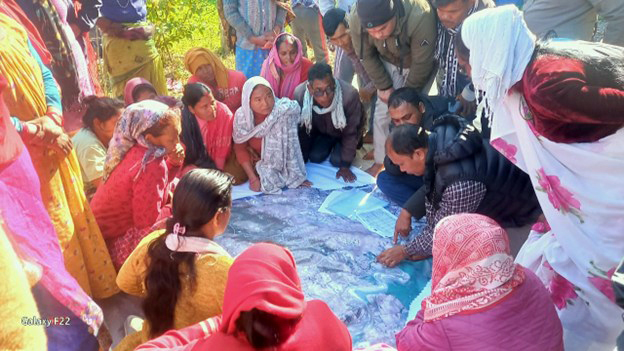
This blog originally appeared on Devex.
By Jennifer Duncan and Ashley Toombs
The theme of this year’s World Environment Day is connecting people to nature. There is no greater example of that connection than climate change-related displacement caused by slow-onset disasters.
The world will see more frequent and more devastating natural disasters as the effects of climate change intensify. This includes both rapid-onset disasters, such as hurricanes, and slow-onset disasters such as long-term droughts and famines. Slow-onset climate change impacts are often not apparent until it is too late, and they will increasingly disrupt the lives of rural people in the global south, especially the poor, women and children.
Right now, there are 1.4 million children at risk of death from malnutrition, due in part to severe drought caused primarily by climate change. According to United Nations estimates, nearly 20 million people at risk due to famine or near-famine conditions in four countries — South Sudan, Nigeria, Somalia and Yemen.
But slow-onset disasters have a significant and lasting impact on a host of development issues, from food security to urbanization to public health. They wreak havoc on agricultural productivity, which in turn spurs displacement and migration. But new research on land tenure and climate change-related displacement provides a number of suggestions for governments, multilateral organizations, donors, researchers and implementers that cut across disciplines and areas of focus.
Here are four key recommendations:
1. National governments must act to strengthen land rights for rural people dependent on the land for survival, including both female and male smallholder farmers.
By taking forward-looking and innovative steps to strengthen land rights of rural people, national governments can improve individual, household and community resilience to changing climate conditions. Empowering those who live and work on the land with secure rights will help to foster flexible adaptation strategies and incentivize investments to sustain production.
Governments might also prioritize the adoption of resettlement policies based on international best practices in order to reduce conflict related to displacement caused by climate change.
2. International organizations should target the structural inequities underlying climate change vulnerability.
Structural issues and systemic challenges exacerbated by climate change must inform program design and implementation to alleviate its effects. The security of land tenure rights for rural people is foremost among these critical factors. For example, climate change programs could include a greater focus on improving land tenure security for women smallholder farmers as a way to strengthen community-based resilience.
3. Donors should create long-term funding mechanisms for crucial research and pilot projects.
In addition to a renewed investment in projects on land tenure and community resilience to slow-onset disasters, donors should increase support to nongovernmental organizations and national governments for the design and implementation of updated national climate change strategies focused on land tenure and the most vulnerable members of society.
Funding for partnerships that optimize the different yet complementary strengths of organizations is also vital. Integrated approaches, which aim to tackle those entrenched, intertwined inequities, should be prioritized — as opposed to traditional approaches that silo interventions in just one or two programmatic areas.
Finally, recognizing the value of long-term investments, donors must offer extended funding mechanisms for holistic programming that may be initially difficult to measure.
4. More research is needed.
A recent report on human migration and climate change from the Institute for the Study of Diplomacy at Georgetown University highlights the need for additional research. We know enough to be aware that land tenure and slow-onset climate change disasters are closely linked, but more high quality, empirical research is critical for informed policy decisions. Without it, there can be no coordinated global approach that supports people affected by climate change.
Ariong Moses, an agriculture and environment expert with One Acre Fund in Uganda, recently wrote: “We must also address the reality that rain-fed agriculture alone is no longer viable across the Horn of Africa due to climate change.” It is a shockingly vast declaration.
Given their urgency, it is unsurprising that governments, donors and others allocate a large percentage of resources to rapid-onset disasters. Unfortunately, it is the impacts of slow-onset disasters caused by climate change that threaten the most drastic and dire consequences. While the mitigation, adaptation, and prevention of slow-onset climate change migration and displacement requires a holistic approach, land rights provide a uniquely sustainable and innovative strategy that can engage all stakeholders.
When the global development community better understands and addresses the interplay between land rights and slow-onset disasters, we all will be better able to mitigate and address climate change impacts for the betterment of people and nature.
Jennifer Duncan is a Senior Attorney and Land Tenure Specialist for Landesa. Ashley Toombs is Manager of External Affairs for BRAC USA.
Related blogs


